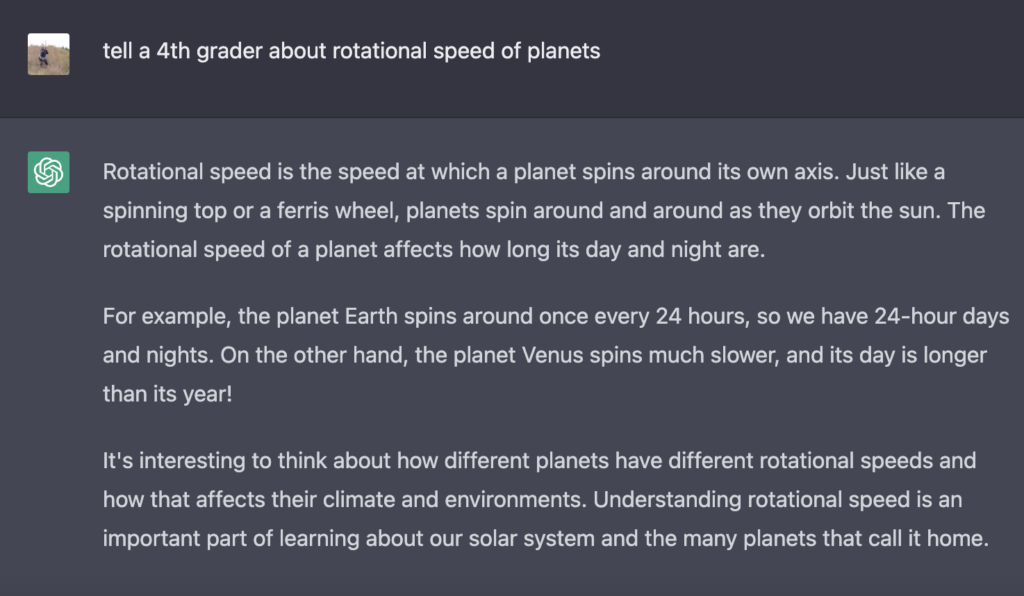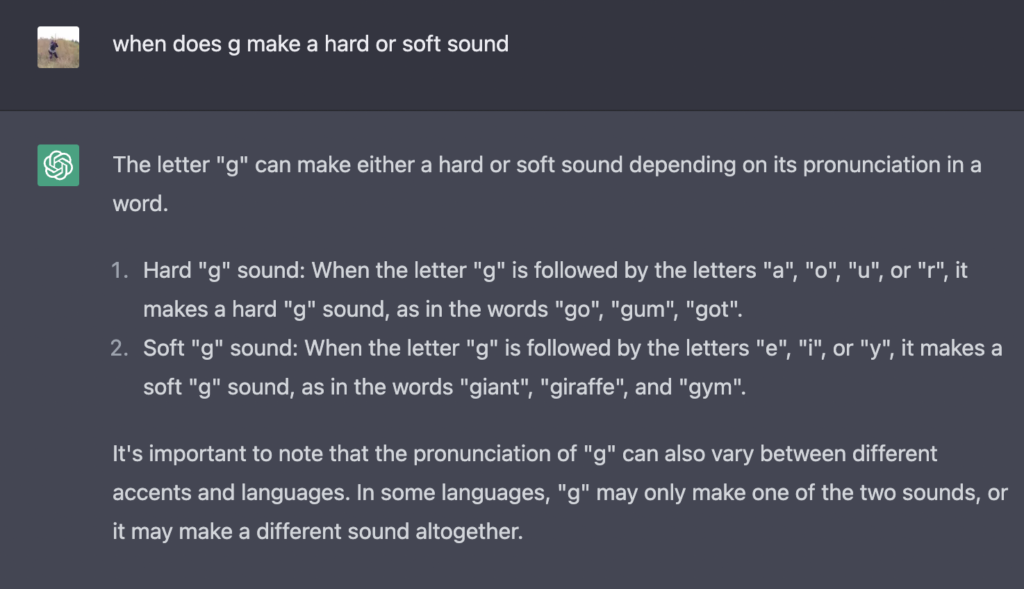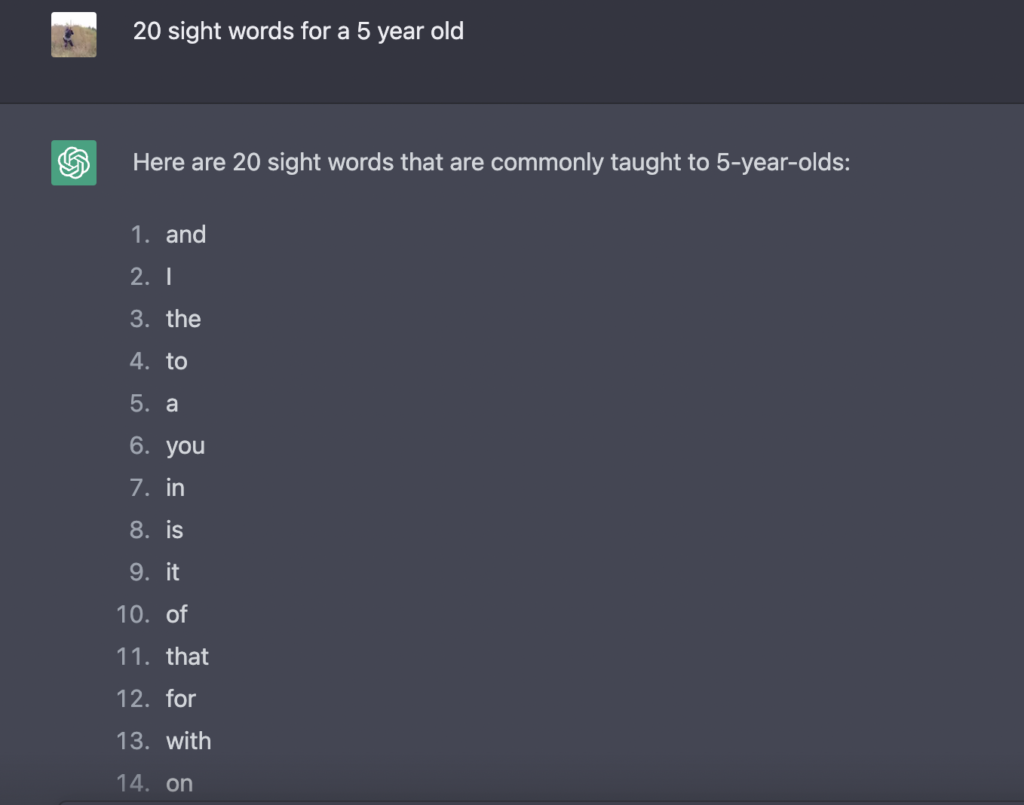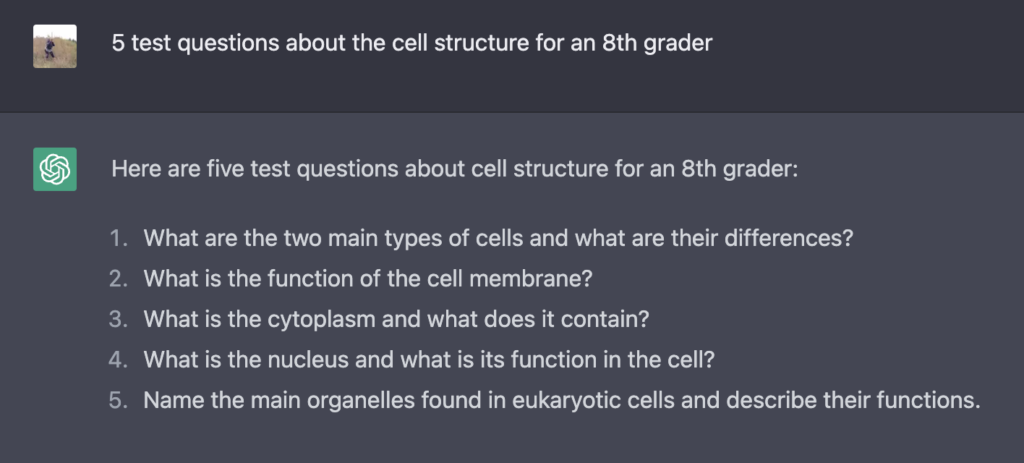I’m a mom and a woman in tech. And sometimes the ideals of both can be at odds with each other. But, this also makes me passionate about both topics. It makes me want to learn and explore so I can help my family on this journey!
In a few weeks, I’ll be talking (read: podcasting) about helping our kids find balance when it comes to learning with and using technology. I’m still working through my speaking notes but it made me want to get THIS post down on ‘paper’.
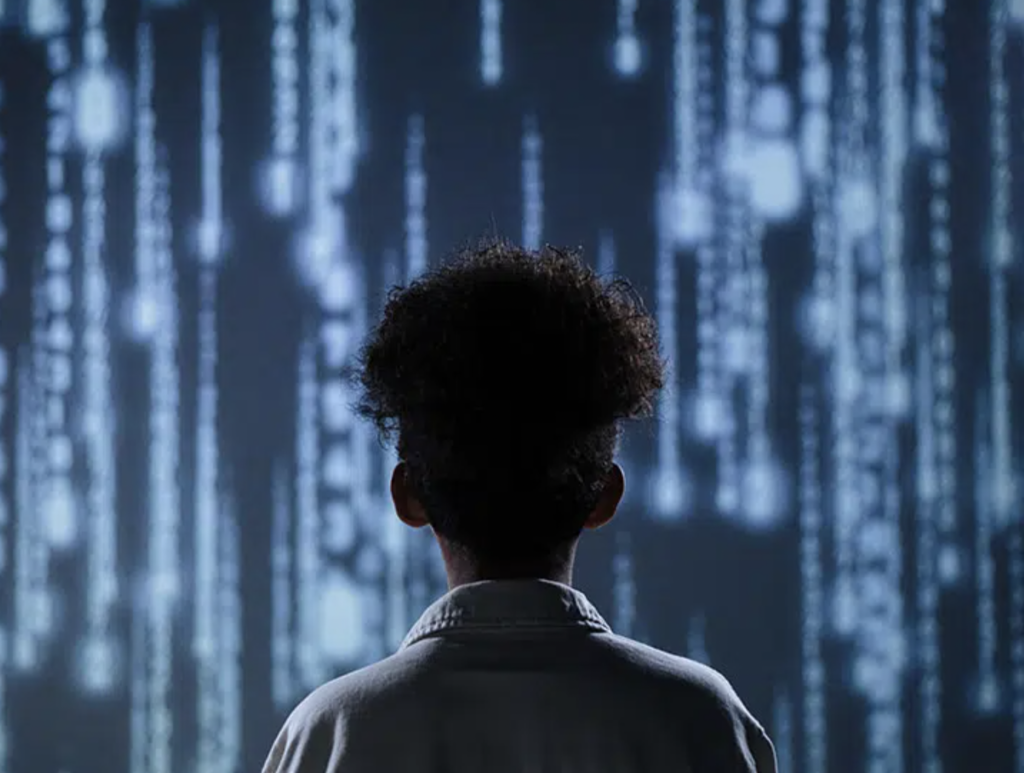
ChatGPT came blazing on to the scene for the general public a few months ago. And very quickly education systems started realizing how the immediate uses of this AI (as declared by general users described on reddit and tiktok) could be detrimental to the current (and well outdated) strategies of education. We quickly learned that ChatGPT could:
- write essays
- sail through the MCAT
- take notes on a large piece of text / video
Now, I’m not saying that ChatGPT will be the great end all be all for disrupting how elementary schools operate, especially as there are some identified flaws:
- provides comprehensive answers when they should be concise
- can provide prejudice / biased responses
- for some answers, it’s more wordy than it is detailed
So how can you help your elementary learner embrace AI and support their education?
- generate vocab lists/review letter sounds
- automate cue cards/questions for study session
- learn new topics
Check out the gallery for some of the questions I asked and answers ChatGPT provided!
